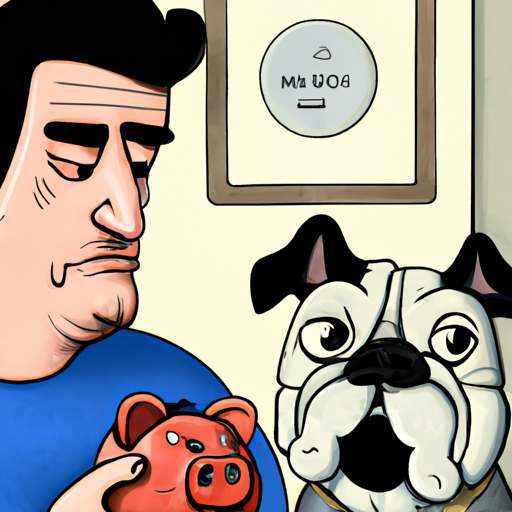As a devoted caregiver for your four-legged friend, you might have come across a condition known as “Cherry Eye”. It can be a scary sight to see your beloved pet’s eye take on an unusual, almost alien appearance. But fear not, this condition is more common than you might think and can be treated effectively with surgery.
What is Cherry Eye?
Cherry Eye in dogs is a condition that affects the third eyelid, also known as the nictitating membrane. This little-known third eyelid plays a crucial role in maintaining your dog’s eye health, producing around 30-40% of the tear film that keeps their eyes lubricated. When the gland of the third eyelid prolapses, it sticks out of the corner of the eye, creating a red, cherry-like mass—hence the name Cherry Eye.
The Cost of Cherry Eye Surgery
The cost of Cherry Eye surgery can vary widely depending on various factors. These include your geographical location, the experience of the veterinarian, and the specific needs of your dog. However, as a general guide, the table below outlines the average cost:
| Geographical Location | Cost Range |
|---|---|
| Urban Areas | $500 – $1000 |
| Rural Areas | $300 – $500 |
Remember, these numbers are just a rough guide. Always consult with a trusted vet for an accurate estimate.
The Surgery Process
The procedure to correct Cherry Eye is relatively straightforward:
- Your vet will place your dog under general anesthesia.
- They will then either tuck the prolapsed gland back into place or remove it entirely.
- After surgery, your dog will need some time to recover, and you’ll need to monitor them closely to ensure the area heals correctly.
Post-Surgery Care
After the surgery, your role as a caregiver is crucial for the recovery of your pet. You’ll need to:
- Administer any prescribed medications.
- Prevent your dog from scratching their eye.
- Monitor for signs of infection.
Possible Alternatives
While surgery is often the most effective treatment for Cherry Eye, there are other options to consider:
- Massage and Cold Compress: In some mild cases, massaging the gland back into place with a cold compress can resolve the issue.
- Medication: Eye drops or ointments may be used to reduce inflammation and encourage the gland to return to its normal position.
FAQ’s
Q: Is Cherry Eye painful for dogs?
A: While Cherry Eye may look uncomfortable, it’s not typically painful. However, if left untreated, it can lead to dry eye and other issues.
Q: Can Cherry Eye go away on its own?
A: In some cases, Cherry Eye may resolve on its own. However, if it doesn’t, surgical intervention may be necessary.
Q: How long does it take for a dog to recover from Cherry Eye surgery?
A: Most dogs recover within a few weeks of surgery, but every dog is unique. Your vet can provide a more accurate timeline.
Q: Can Cherry Eye return after surgery?
A: Yes, there is a chance of recurrence even after surgery. Regular check-ups with your vet can help monitor the situation.
Remember, as a caregiver, your pet’s health is in your hands. If you notice any changes in their eyes, don’t hesitate to seek professional medical advice.



